Super Early Bird Deadline
October 31, 2025
Judging
Date
May 18, 2026
Winners
Announced
June 10, 2026

Gone are the days when Australian wine simply exuded “sunshine in a glass,” offering east-to-drink fruit-forward wines at affordable prices. The Australian wine industry now expresses the tremendous diversity of wine styles afforded by distinctive wine regions and innovative winemakers. From Adelaide Hills to Zilzie Wines, the message is diversity, innovation, and extremely high quality. Australia has 65 wine regions with varying geography, topography, soils, and climate. The oldest soils on the planet are on the Australian continent. Winegrowers offers 100 different varieties of grapes, the two most emblematic of which—Chardonnay and Shiraz—are grown in all of its 65 regions.
Top wine importers fill an essential role, as Australia’s wine businesses survive on exports. Top importers in the US market include Epicurean Wines, a leading Australian wine importer in the US that offers a portfolio of 75 labels; Old Bridge Cellars, a US importer that has represented Australian wines since 1990 and focuses on independent winemakers; and Legend, a wine import and wholesale company that brings exceptional Australian wines to the US market. Epicurean, for example, has been dedicated to unearthing Australia’s best wines since 2000. “Our import portfolio continues to bring well-deserved attention to exceptional family-owned wineries in South Australia’s Adelaide Hills, Barossa Valley, Clare Valley, Langhorne Creek, and McLaren Vale, as well as outstanding producers in Western Australia’s Margaret River and New South Wales’s Hunter Valley.”
Legend was co-founded by Jane Lopes and Jonathan Ross, a wife and husband team. “We have lived and worked in Melbourne, Australia as well as San Francisco, Los Angeles, Chicago, Nashville, New Jersey, and New York. Our diverse experience has helped us to intimately understand the needs of Australian wineries as well as American sommeliers and consumers,” they state.
To offer a snapshot of current Australian wine production, let’s focus on particular regions and their top producers. Regions covered here include Adelaide Hills, Victoria and its subregions, McLaren Vale, the Clare Valley, and Tasmania! All these appellations had award-winning wines from Australian producers in the 2024 Sommeliers Choice Awards.
The Adelaide Hills wine region in South Australia is renowned for its cool-climate wines, shaped by its elevated terrain and varied microclimates. Winemaking began here in the mid-19th century with German settlers, but the industry waned due to challenges like phylloxera and economic downturns. It wasn't until the 1970s that the region saw a revival, led by pioneers like Brian Croser of Petaluma, who recognized the area's potential for producing high-quality wines distinct from the warmer Australian regions. Today, Adelaide Hills is celebrated for its diverse terroir, with loamy, well-drained soils and a climate that promotes slow ripening, resulting in wines with vibrant acidity and complex flavors.
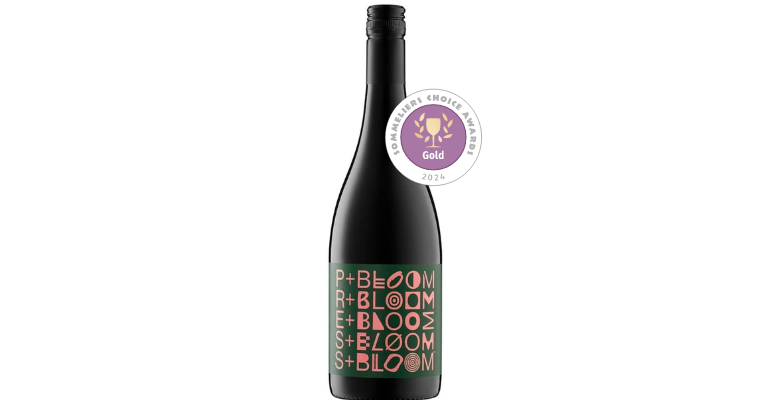
Image: 2022 vintage Press and Bloom Pinot Noir
The region is particularly known for its Sauvignon Blanc, Chardonnay, and Pinot Noir, which thrive in cool conditions, producing wines with crisp, aromatic profiles and balanced acidity. Sauvignon Blancs are noted for their tropical and citrus fruit flavors, while Chardonnays offer a refined balance of fruit and subtle oak, often with a mineral edge. Pinot Noir from Adelaide Hills stands out for its vibrant red fruit and fine tannins, earning a reputation as some of Australia's best. A great example is the 2022 vintage Press and Bloom Pinot Noir entered by Bickford's Australia Pty Ltd., which won a Gold Medal. The judges described aromas of mint, cranberry, and hibiscus tea with ripe red berries and jam on the palate, finishing with a food-friendly, slightly off-dry note.”
Adelaide Hills is also gaining acclaim for its sparkling wines and newer varieties like Grüner Veltliner and Nebbiolo, making it one of Australia's most dynamic and innovative wine regions.
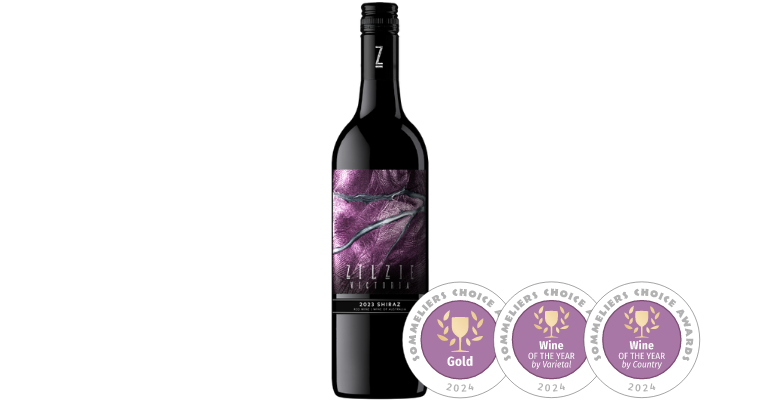
Zilzie Victoria Shiraz - Wine Of The Year 2024
“With 21 wine regions, Victoria is home to more regions, innovative wineries, and distinct climates than any other state in Australia,” says Wine Australia. Victoria, a diverse and historic wine region in southeastern Australia, boasts a rich winemaking heritage that dates back to the 19th century. The region's viticulture began in the 1830s when European settlers, particularly from England and Germany, planted the first vines. Victoria quickly became a key player in Australia's wine industry, but phylloxera in the late 1800s devastated many vineyards, leading to a significant decline. However, in the mid-20th century, a resurgence began as winemakers revived old vineyards and introduced new techniques, embracing both traditional and innovative approaches to viticulture. Today, Victoria is home to a wide range of subregions, each with its own distinct microclimates and soils, allowing for an extraordinary diversity of wine styles.

Image: 2020 Yering Station Pinot Noir and 2021 Single Vineyard Highbow Hill Pinot Noir
Victoria produces some of Australia's most celebrated wines, from the elegant cool-climate Pinot Noirs and Chardonnays of the Yarra Valley to the rich, fortified Muscats and Tokays of Rutherglen. Take, for example, the 2020 Yering Station Pinot Noir from Rathbone Wine. This wine won a Gold Medal for offering a well-balanced, fruit-driven wine with restrained red berries, black plum, and firm acidity. The judges added that the Yering Station is “nicely balanced, flavorful body, easy to pair with food.” Another option is the 2021 Single Vineyard Highbow Hill Pinot Noir offered by Handpicked Wines. The vineyard consists of 40 hectares of established vines planted on rolling hills just north of Yarra Glen village in the Yarra Valley. The soils are sandy loam over clay and gravel over mudstone and there is an abundance of native flora and fauna, including wombats and kangaroos. In awarding this wine a Gold Medal, the judges said this “wine bursts with flavors of cherry, strawberry, and cranberry, complemented by floral and earthy notes, ample body, and a well-extracted finish.”
Also in Victoria, the Mornington Peninsula is renowned for its refined Pinot Noir and crisp, citrus-driven Chardonnay, while the Macedon Ranges, one of Australia's coolest wine regions, excels in sparkling wine production. Heathcote, with its ancient Cambrian soils, is famous for producing bold, peppery Shiraz, while King Valley is known for its Italian varietals like Sangiovese and Prosecco. This diversity, coupled with a strong emphasis on quality and innovation, makes Victoria one of Australia's most dynamic and versatile wine regions.
The top Australian wine of all, with 95 points, was the 2023 Zilzie Victoria Shiraz, providing “zesty spices, red and black fruits, and a silky palate with tart cranberries, raspberry, cherry, and plum finish.” This wine won both Wine of the Year by varietal and by county. Zilzie explains that this Shiraz came from specially selected parcels of “our own vineyards and some from long-term growing partners across Central Victoria.” The Shiraz was co-fermented on skins with Viognier for 5-7 days. “This process stabilizes the color, enhances the aromas, and enriches the dark berry and mulberry flavors.” After gentle pressing, the wine was aged on French and American oak for 10 months, achieving velvety, integrated oak tannins.
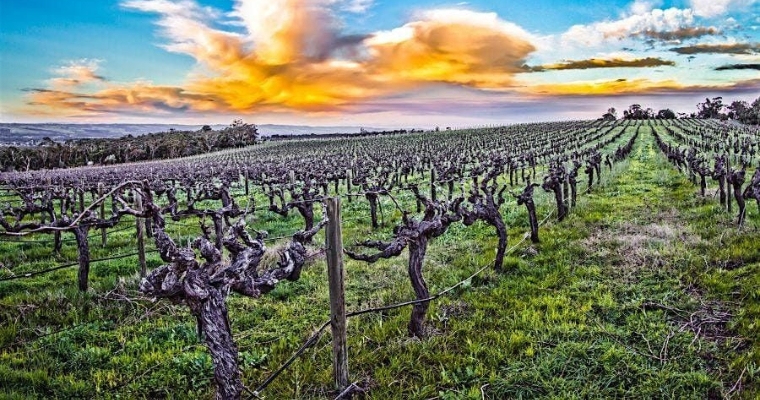
Image Source: McLaren Vale Tourism
This is another wine region with roots going back well over a century. Established in 1838, it is one of Australia's oldest wine regions, with its first vines planted by European settlers, including John Reynell and Thomas Hardy, who are considered pioneers of the Australian wine industry. The region’s Mediterranean climate, characterized by warm, dry summers and mild, wet winters, combined with diverse soil types ranging from sandy loam to ancient clay, has made McLaren Vale an ideal location for viticulture. Over the years, McLaren Vale has developed a reputation for producing high-quality wines that reflect both the region’s heritage and its innovative spirit.
Today, McLaren Vale is renowned for its robust and full-bodied red wines, particularly Shiraz, which accounts for a significant portion of the region’s production. McLaren Vale Shiraz is known for its rich, ripe fruit flavors, often with notes of chocolate, spice, and a velvety texture. In addition to Shiraz, the region excels in producing Grenache and Cabernet Sauvignon, which are celebrated for their depth and complexity. McLaren Vale has also embraced a growing interest in Mediterranean varietals such as Sangiovese, Tempranillo, and Fiano, reflecting the region’s adaptability and innovation. The area’s commitment to sustainable practices and small-batch production further enhances its reputation as a leading wine region, known for both traditional and cutting-edge winemaking.
Blewitt Springs is the northern region of McLaren Vale and has some of the oldest vines, the percentage of rainfall tends to be higher and temperatures slightly cooler, and the soil is usually sand over clay producing some of the best fruit in the area. A great example is the 2020 Beresford Estate Cabernet Sauvignon from Bickford's Australia Pty Ltd. This Gold Medal winner offers sommeliers great structure and tannin with opulent black and blue fruits, a cooling mint backbone, tar, blackberry, and smoke. This wine exemplifies “a great Shiraz with ripe and baked fruit,” said the judges.
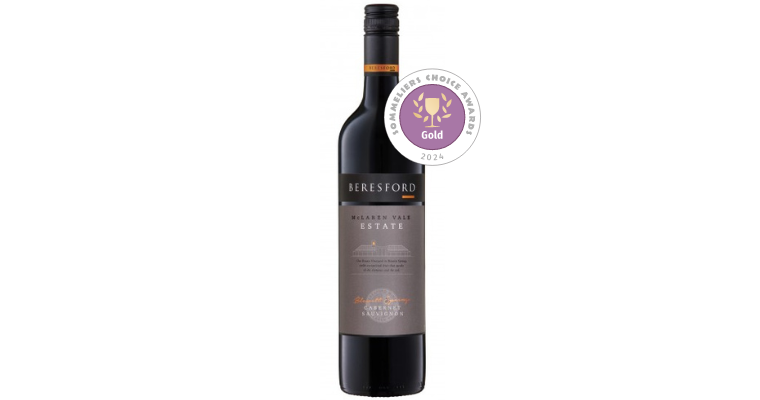
Image: 2020 Beresford Estate Cabernet Sauvignon
Notably, McLaren Vale is at the forefront of best practice in terms of soil surveying, and as such this diversity is well respected, with a dedicated group of our region’s growers, winemakers, and geographers forming a committee to explore these differences in greater detail.
The Clare Valley wine region is located north of the city of Adelaide. This Geographic Indication region is 680 km2 in size and has a total of 5093 hectares of vineyards. It is one of the country's oldest and most picturesque wine regions, renowned for its rich history and distinctive wines. The region was settled in the late 1830s, with the first vineyards planted and wines produced in the early 1840s. European settlers, notably the Jesuits, established vineyards to produce sacramental wine. These early plantings laid the foundation for the region's wine industry, which gradually expanded throughout the 20th century. The Clare Valley’s combination of rolling hills, diverse soils, and a Mediterranean climate, with warm days and cool nights, created an ideal environment for growing high-quality grapes. This terroir, along with the pioneering spirit of its winemakers, has positioned Clare Valley as a premier destination for both traditional and innovative Australian wines.
[[relatedPurchasesItems-61]]
The region is particularly famous for its world-class Riesling, which thrives in the cooler parts of the valley, especially around the towns of Watervale and Polish Hill River. Clare Valley Rieslings are celebrated for their purity, intense citrus and floral notes, and distinctive minerality, often with the potential to age gracefully over decades. In addition to Riesling, the Clare Valley produces robust Shiraz and Cabernet Sauvignon, known for their rich, concentrated flavors and fine structure. The Masterstroke 2019 Cabernet Shiraz from Wakefield Taylors Wines Pty Ltd., for example, is characterized by aromas of dusty minerals, vanilla, and baking spices with flavors of stewed raspberries, strawberries, and cherries, finishing with bright cassis and high tannins. For that, the judges award it a Gold Medal.

Image: 2019 Masterstroke Cabernet Shiraz
Clare Valley winemakers also experiment with varieties like Grenache and Italian varietals such as Sangiovese, reflecting a growing trend toward diversity and innovation. This blend of tradition and modernity, along with a strong commitment to quality, makes the Clare Valley a unique and highly respected wine region in Australia.
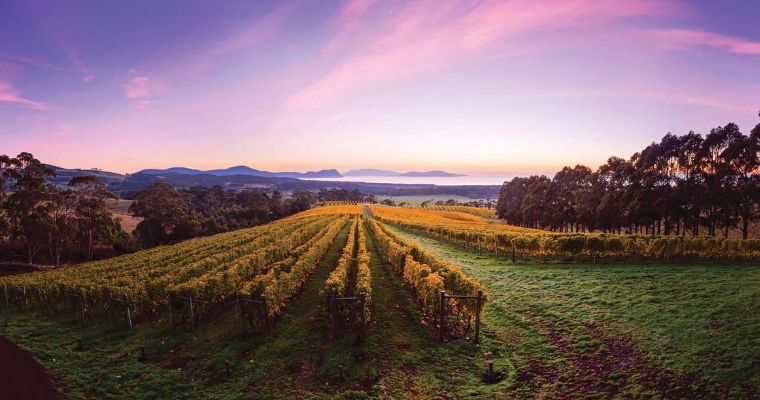
Image Source: Wine Tasmania
Tasmania, Australia’s island state, has emerged as a distinctive and highly regarded wine region, known for its cool-climate viticulture and elegant wines. The history of winemaking in Tasmania dates back to the early 19th century, with the first vines planted by European settlers in 1823. However, the industry struggled to gain momentum, and it wasn’t until the late 20th century that Tasmania began to be recognized for its potential as a wine-producing region. The resurgence began in the 1970s, driven by a renewed interest in cool-climate wines, and by the 1990s, Tasmania had firmly established itself as a producer of premium wines. The island’s pristine environment, with its cool temperatures, long growing seasons, and diverse soils provides ideal conditions for producing wines with vibrant acidity, complex flavors, and refined structure.
Today, Tasmania is celebrated for its sparkling wines, often compared to those of Champagne, thanks to the island’s cool climate, which allows for the slow ripening of grapes and the development of delicate flavors and fine acidity. In addition to sparkling wines, Tasmania is renowned for its Pinot Noir, which thrives in the island’s cooler conditions, yielding wines with intense red fruit flavors, silky tannins, and remarkable depth. Chardonnay is another standout, offering a balance of crisp acidity and rich, stone fruit characteristics. For example, Handpicked Wines offers a 2021 Chardonnay as part of its Tasmania Collection. The wine won a Silver Medal for presenting herbal and oak aromas with a hint of citrus peel, leading to a palate of nuanced flavors and a very long, unique finish. The judges said this Chardonnay is “ideal for chilling and savoring.”
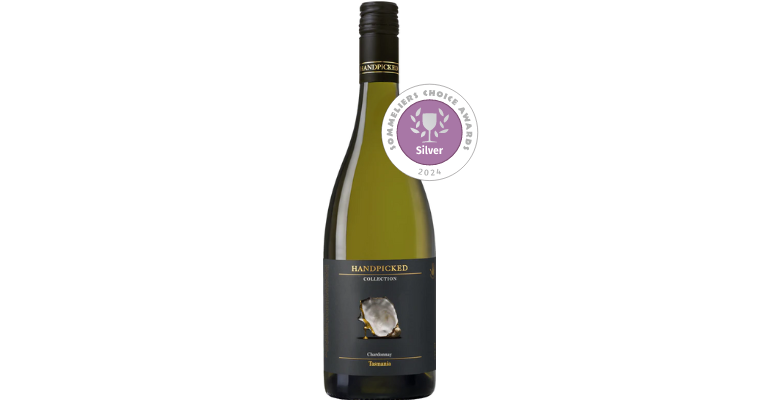
Image: Collection Tasmania, 2021 Chardonnay
Tasmania also produces aromatic white wines, such as Riesling and Sauvignon Blanc, known for their purity and expressive fruit profiles. Tasmania’s commitment to sustainable practices and small-scale, high-quality production has solidified its reputation as one of Australia’s most exciting and dynamic wine regions.
In all, the diversity of Australian wine regions, from the sun-drenched valleys of McLaren Vale to the cool, pristine vineyards of Tasmania, reflects the country’s vast and varied landscape. This rich tapestry of terroirs, combined with a commitment to innovation and quality, is what makes Australian wines stand out on the world stage. As the world’s top wine-consuming nation, US importers are key to supporting Australia’s dynamic and exciting evolution as a major wine-producing nation. As sommeliers, wine directors, and their consumers continue to explore and appreciate the distinctiveness of these wines, Australia's reputation as a producer of exceptional and diverse wines will only grow stronger, making it a key player in the global wine scene.
Header Image Source: Tourism South Australia
Enter your Wines now and get in front of top Sommeliers, Wine Directors, and On-Premise Wine Buyers of USA.
